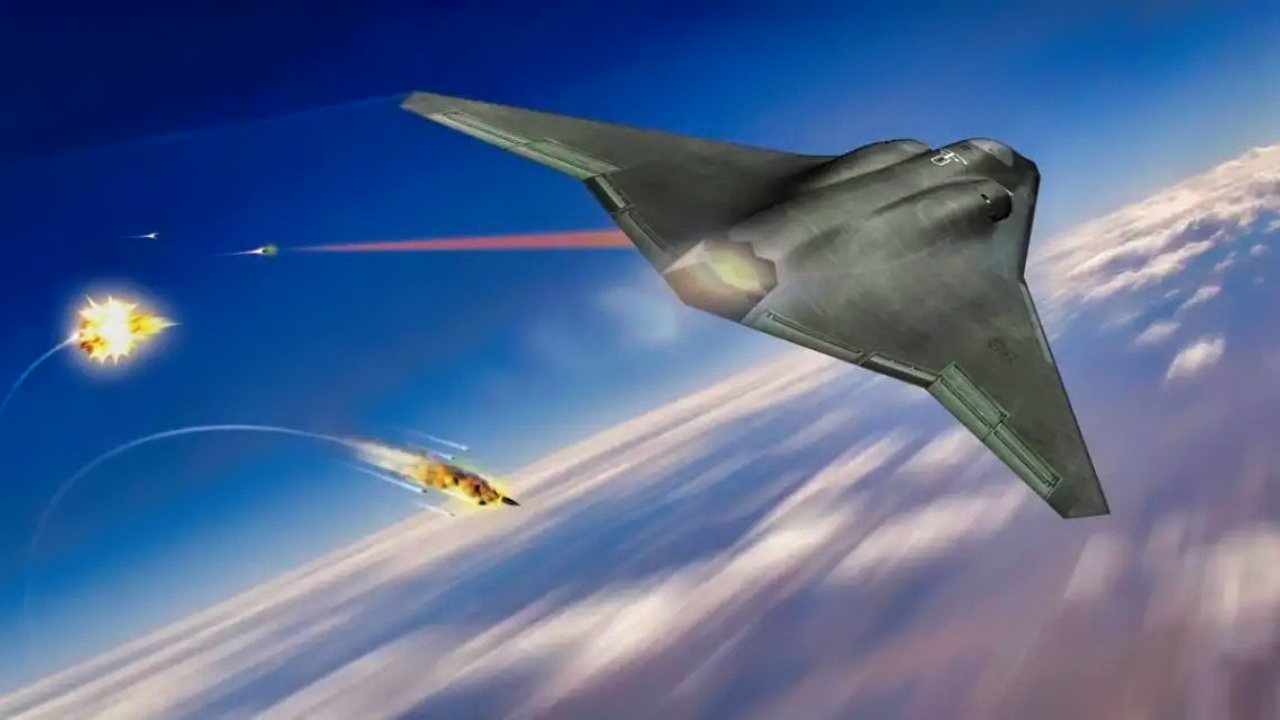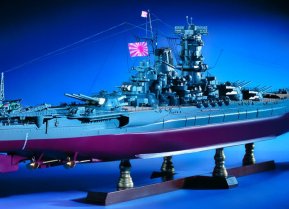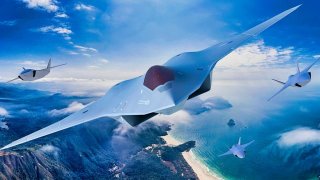Lockheed Built the F-22 and F-35: The NGAD Fighter Might Be Next
The U.S. Air Force's Next Generation Air Dominance (NGAD) program is set for a pivotal moment in May when it awards a contract for developing its sixth-generation fighter, with Lockheed Martin and Boeing as leading contenders.
Summary: The U.S. Air Force's Next Generation Air Dominance program (NGAD) is set for a pivotal moment in May when it awards a contract for developing its sixth-generation fighter, with Lockheed Martin and Boeing as leading contenders. Lockheed's rich history in innovative aircraft, including the F-22 Raptor and F-35 Lightning II, positions it strongly. The NGAD program aims to ensure U.S. air superiority with advanced technologies and a fleet of unmanned aerial vehicles alongside stealth combat jets. Lockheed's track record of delivering cutting-edge, budget-efficient military aircraft makes a compelling case for its selection to build the NGAD.
NGAD: Why Lockheed Martin Has the Inside Track to Build This 6th Generation Fighter
This May, the U.S. Air Force will take its most critical step yet in developing its sixth-generation fighter program when it awards a contract for its Next Generation Air Dominance (NGAD) program.
Lockheed Martin, Boeing, Northrop Grumman and other manufacturing giants were slated to be the top contenders until Grumman bowed out of the competition in 2023.
Lockheed and Boeing will go head to head to create the Air Force’s F-22 Raptor replacement. Both manufacturers have developed some of the U.S. military’s most recognizable fighter jets over the years. Lockheed Martin notably was behind the world’s first-ever fifth-generation F-22 Raptor and the latest F-35 Lightning II fighter.
Boeing is producing the F-15EX Eagle II variant and has developed the F/A-18 Super Hornet, which remains a mainstay in the U.S. Navy.
One thing is clear: the future NGAD program will be a powerhouse regardless of whether Boeing or Lockheed is behind it.
And yet, it seems history suggest Lockheed Martin has the inside advantage.
Explaining the NGAD program:
The purpose driving the NGAD program is to create a “portfolio of technologies enabling air superiority,” according to the service.
For many years, the U.S. retained some air superiority over its enemies. The introduction of the F-22 Raptor in the early 2000s changed the playing field, as America became the sole operator of fifth-generation technology. Now that America’s primary adversaries, China and Russia, are working to develop their respective sixth-generation platforms, the timely introduction of NGAD is paramount.
In 2014, Defense Advanced Research Project Agency (DARPA) studies exploring air superiority concepts of the future were initiated. Based on the results, the Aerospace Initiative was launched to develop potential prototypes for future aircraft. This program evolved into the NGAD program, which centers on creating new technologies to aid the service in its mission for air dominance. The key tenants of NGAD include stealth, advanced weapons, propulsion, and digital design.
The service has limited its release of details surrounding the new program, although some intel has been divulged. In 2023, the service revealed it planned to develop a fleet of approximately 1,000 unmanned aerial vehicles (UAVs) and 200 NGAD stealth combat fighter jets. These highly autonomous drones, called collaborative combat aircraft (CCA), will fly alongside the sixth-generation airframes. The Air Force has justified the high costs associated with its NGAD program with the comparably miniscule costs of the CCAs. Last year, Secretary Kendall told the House Appropriations defense panel that since China’s People’s Liberation Army Air Force is larger, it is essential that the U.S. “creates mass” with the abundance of cheaper CCAs.
300 Million Per NGAD Fighter?
In June 2022, it was reported that $1.6 billion was requested by NGAD for FY2023. An additional $11.7 billion is expected to be spent on the program between 2024-2027. Many reports suggest the NGAD will cost $300 Million per plane.
While this price tag is hefty, the U.S. has a long history of procuring expensive military systems. In fact, the Lockheed Martin F-35 Lightning II has become the most expensive military program to ever be developed, costing roughly $1.7 trillion over the platform’s service lifespan. However, this price tag should not indicate Lockheed could not develop NGAD within budget. Over the years, the F-35’s price has decreased significantly due to its popularity under Lockheed's leadership. At least 17 countries have placed orders to purchase the advanced fifth-generation fighter, and over 1,000 F-35s have already been delivered to client states. So, if Lockheed does produce an equally or more expensive sixth-generation platform for the Air Force, the price could ultimately decrease with high volume.
The Case for Lockheed and NGAD
Considering Lockheed’s history of creating cutting-edge airframes via its legendary Skunk Works division, the manufacturer is primed to receive the Air Force’s NGAD contract.
Lockheed developed the world’s first operational stealth aircraft back in the day - the F-117 Nighthawk and the fastest jet to ever take to the skies- the SR-71 Blackbird.
As detailed by Sandboxx News, Lockheed has also demonstrated its desire to develop a sixth-generation fighter in the past.

In 1999, Lockheed revealed its X-44 Manta design: “[A] tailless, delta-wing aircraft based on the F-22 Raptor but meant to test the feasibility of an aircraft that relied on 3D thrust vector control to compensate for the removal of control surfaces. Today, it’s tough to deny the similarities between the Manta concept and renders we’ve seen for 6th-generation fighters. Work behind the scenes on this concept seemed to continue well after the Manta program concluded, with Lockheed Martin releasing a calendar to journalists in 2012 that showed a different advanced fighter design that seemed to borrow some design elements from Northrop Grumman’s YF-23 that competed and lost against the F-22 for the Advanced Tactical Fighter contract in 1991.”

While Lockheed is a strong contender, Boeing should certainly not be discounted. Ultimately, the decision will come down to which manufacturer creates a more effective (and cost-friendly) design prototype. But, for now, our best is on Lockheed Martin.
About the Author: Maya Carlin
Maya Carlin, National Security Writer with The National Interest, is an analyst with the Center for Security Policy and a former Anna Sobol Levy Fellow at IDC Herzliya in Israel. She has by-lines in many publications, including The National Interest, Jerusalem Post, and Times of Israel. You can follow her on Twitter: @MayaCarlin.


